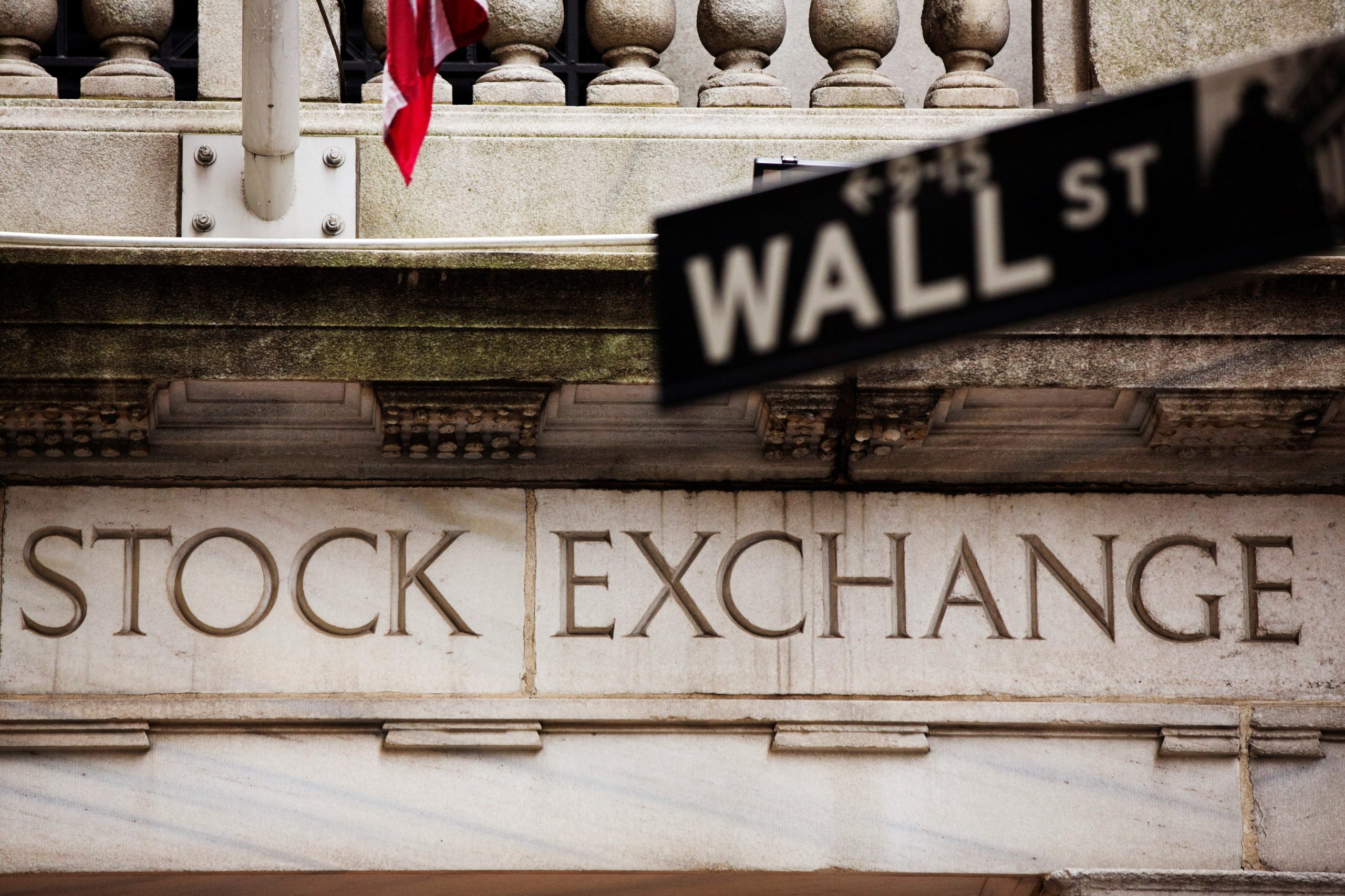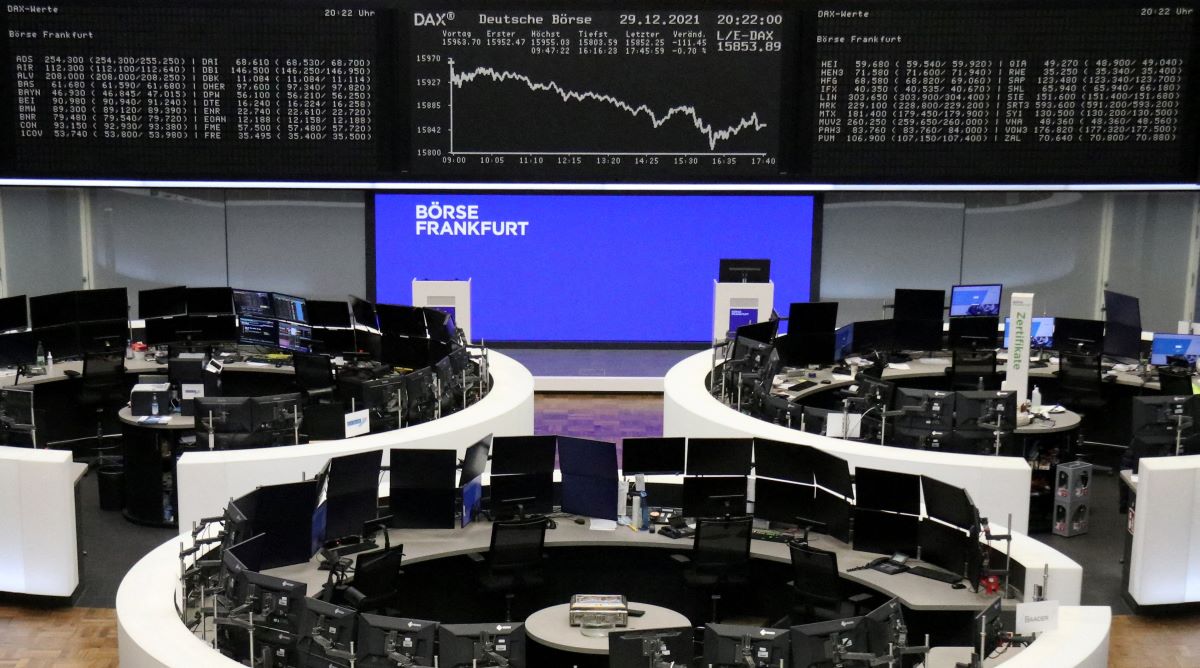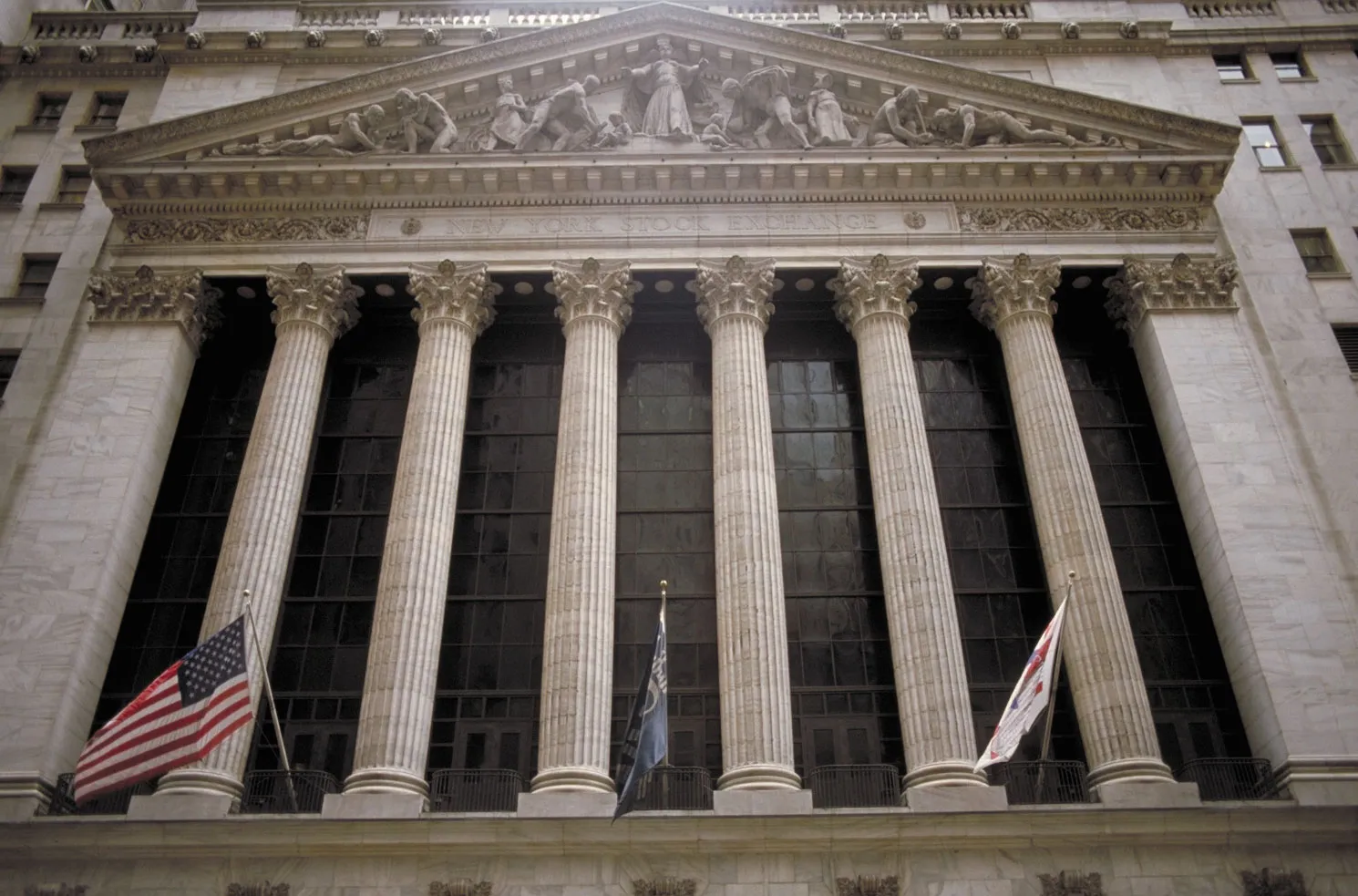Small-cap stocks in the US are grappling with the specter of sustained high interest rates as the Federal Reserve grapples with inflationary pressures, casting a shadow over their performance compared to broader market indices this year.
The end of 2023 saw a surge in small-cap stocks amid hopes that the Fed would halt its interest rate hikes and potentially initiate monetary easing. Such a move would have been a boon for smaller companies, which often rely more heavily on debt financing and consumer spending.
However, with inflation proving to be more persistent than anticipated, expectations of rate cuts have diminished, leading to lackluster performance in small-cap equities.

Year-to-date, the Russell 2000 has only managed a 0.4% gain, significantly lagging behind the S&P 500’s robust 7.5% increase. Additionally, earnings projections for small caps are tepid, offering little incentive for investors to reallocate their funds away from larger, less risky assets.
Assessing Challenges and Opportunities Amidst Inflationary Pressures and Fed Uncertainty
“Investor confidence in small-cap stocks is currently subdued due to higher rates and persistent inflation. There’s a need for clearer signals from the Fed regarding potential rate cuts later this year,” noted Michael Arone, Chief Investment Strategist at State Street’s SPDR Business.
However, recent developments have provided some glimmers of hope for small-cap enthusiasts. Friday’s US employment data revealed a slowdown in job growth, alleviating concerns of prolonged high rates. Furthermore, Federal Reserve Chairman Jerome Powell reiterated his belief in future rate decreases despite stubborn inflationary pressures.

Futures markets have adjusted accordingly, with investors now pricing in approximately 45 basis points of rate cuts for the year, up from less than 30 earlier in the week. Nonetheless, this remains significantly lower than the 150 points priced in at the start of the year.
While stronger-than-expected earnings could help bolster investor sentiment, the outlook remains mixed. The Russell 2000 is projected to post a -8.4% earnings growth for the most recent quarter, contrasting with a 10.2% growth rate for the S&P 500. Moreover, small caps are trading at a higher forward price-to-earnings ratio compared to their larger counterparts, making them relatively more expensive.

Despite these uncertainties, some investors remain optimistic about the prospects of small-cap stocks, particularly those resilient enough to weather a prolonged period of increased rates. However, many agree that the path to rate cuts remains unclear, and caution is warranted.







Leave a Reply